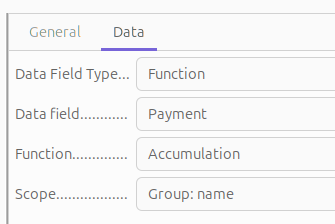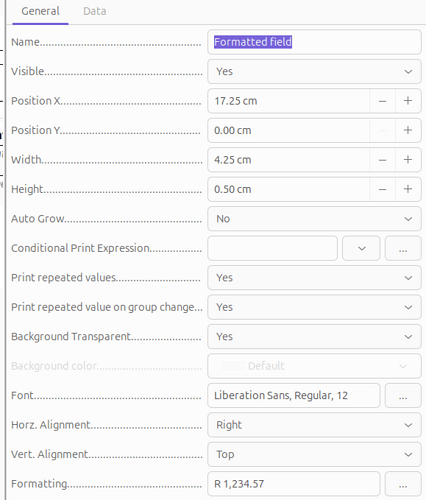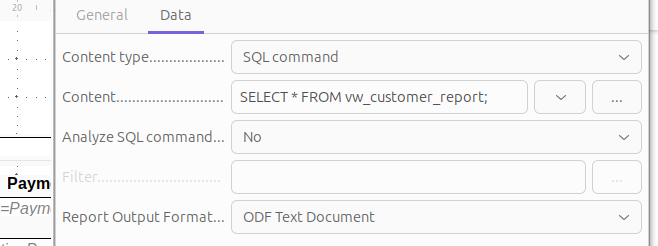I have a single “Subtotal” that I’d like to display on a report whenever the “Name” of a client changes. I have added it in to a group footer. The label for that field shows, but the accumulated total doesn’t.

I have looked quite a few example that people have posted in these forums and I cannot see where I’m going wrong. Some help would be much appreciated.
System:
$ cat /etc/os-release
PRETTY_NAME=“Ubuntu 24.04.2 LTS”
NAME=“Ubuntu”
VERSION_ID=“24.04”
VERSION=“24.04.2 LTS (Noble Numbat)”
VERSION_CODENAME=noble
ID=ubuntu
ID_LIKE=debian
HOME_URL=“https://www.ubuntu.com/”
SUPPORT_URL=“https://help.ubuntu.com/”
BUG_REPORT_URL=“Bugs : Ubuntu”
PRIVACY_POLICY_URL=“Data privacy | Ubuntu and Canonical Legal | Ubuntu”
UBUNTU_CODENAME=noble
LOGO=ubuntu-logo
$ libreoffice25.2 --version
LibreOffice 25.2.4.3 33e196637044ead23f5c3226cde09b47731f7e27



